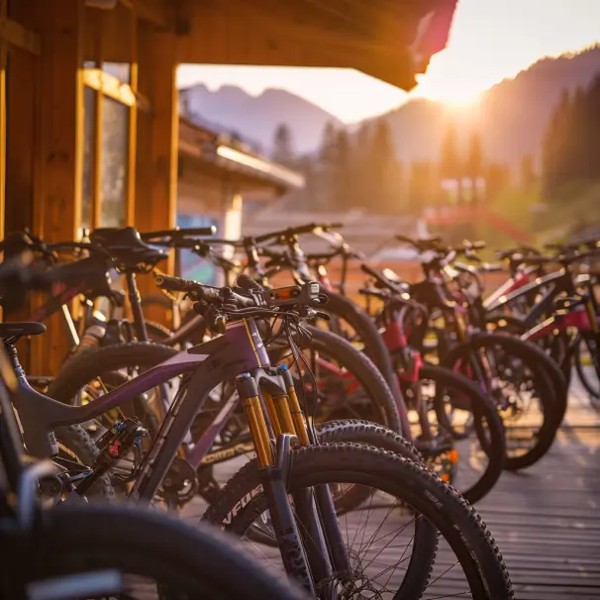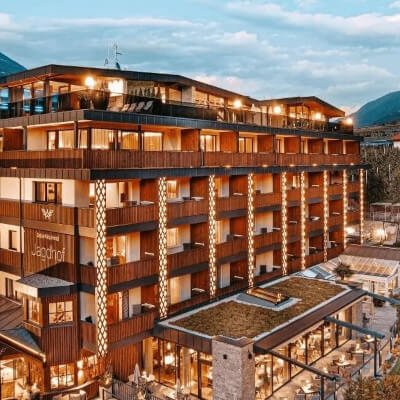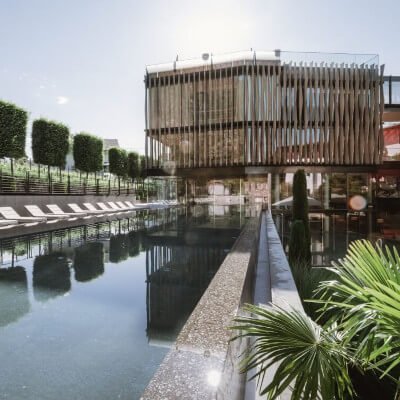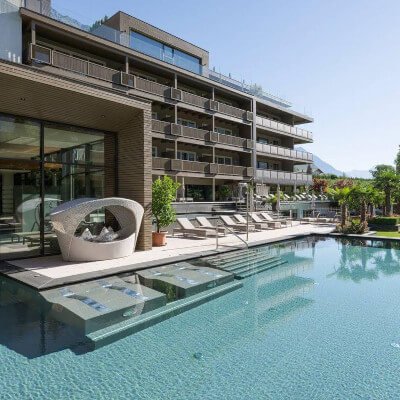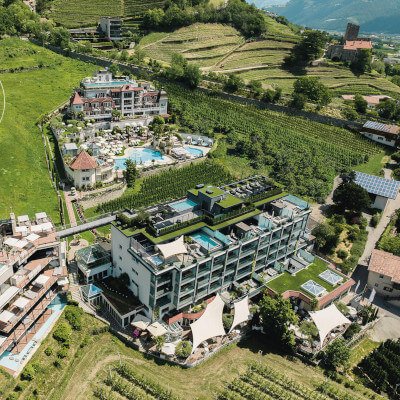
Biking in Merano and surroundings
A region where you can be active and diversify your day. Leave the daily grind behind and do something good for yourself and your body.
Cycling tours in South Tyrol
Mountains, wine, and pedal power! Where else can you work up such an elegant sweat while being surrounded by breathtaking Alpine panoramas? Cycling between apple strudel and grappa. Ready, Set, Pedal! South Tyrol awaits you.


Roadbike tours
Bicycle Paths
Discover the cycle paths around Bolzano, Merano, in the Vinschgau and Passeier Valley. South Tyrol offers over 400 km of cycle paths for families and sports enthusiasts.
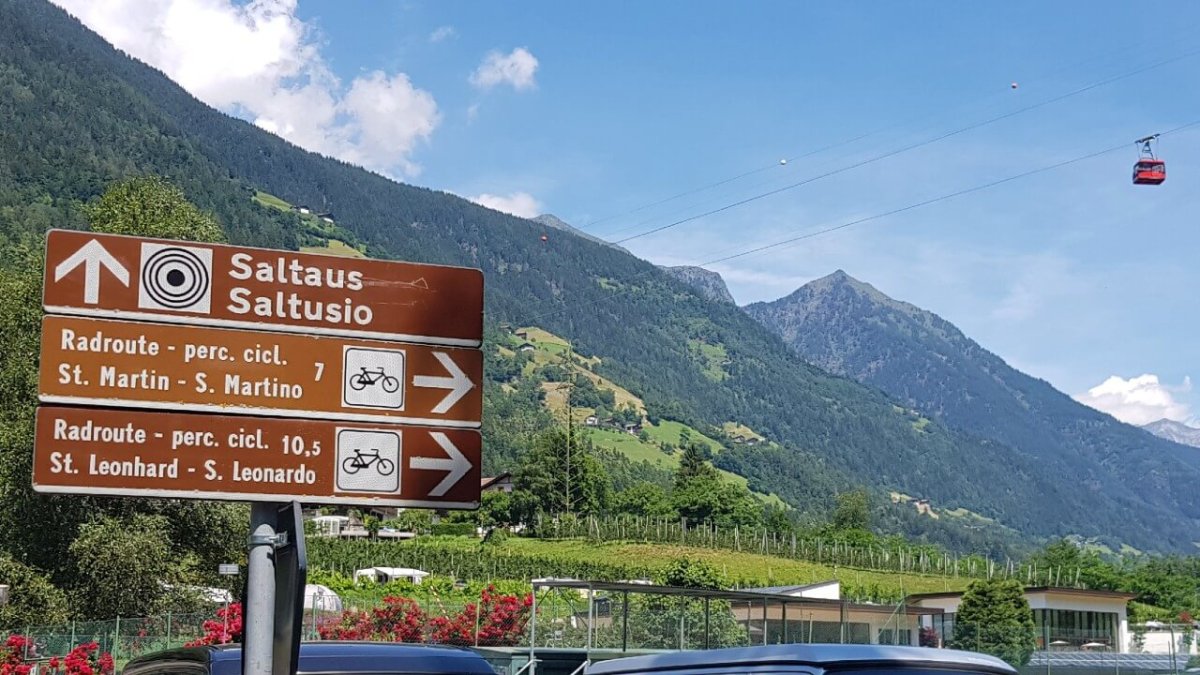
Vacation in South Tyrol
Our 4 recommendations for your vacation in the region
Rent Bicycles
Choose from a variety of rental bikes – whether mountain bikes, road bikes, or e-bikes, the bike rentals in the Merano area have the right bike for every tour in the region.
